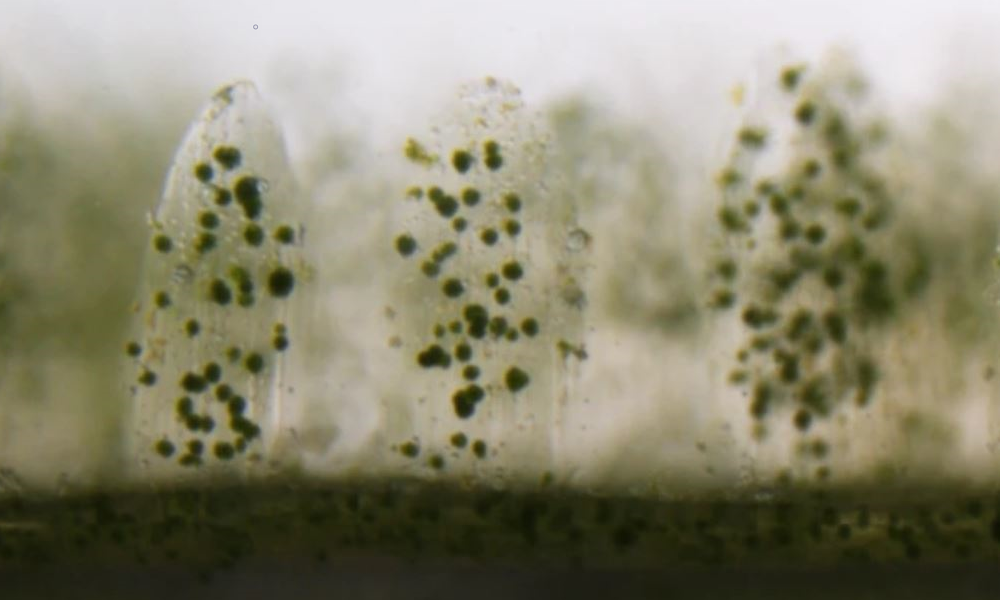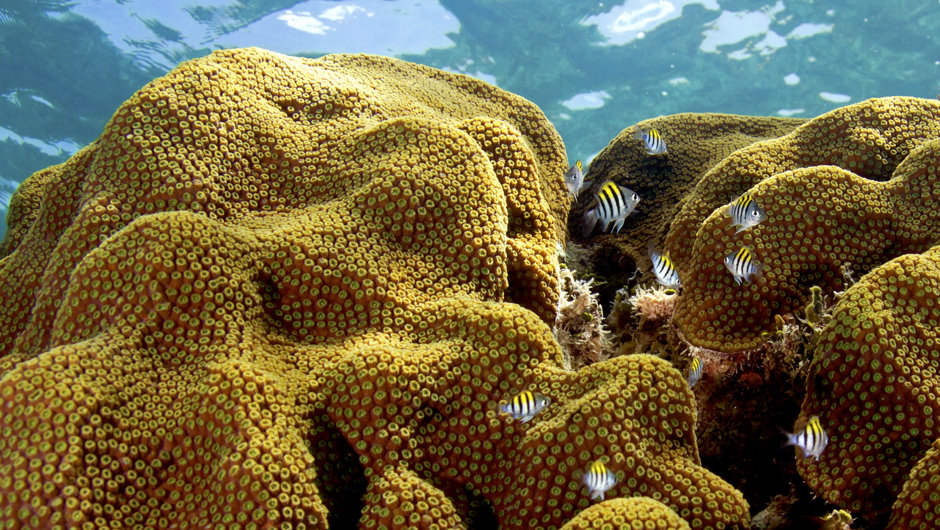How 3D printed corals is made possible with Bioprinting
Posted By Jérôme Deschamps on Apr 22, 2020 | 0 comments
We’ve seen that Bioprinting has made great breakthroughs in the Medical industry, and the list of organic achievements with 3D Printing keeps expanding over time. But other than human applications, Bioprinting is also intended for other animal and vegetal applications. Even though 3D printing plants, for instance, may look unnecessary at first glance, endangered species such as corals have a lot to gain from bioprinting.
Marie Currie Fellow from the Chemistry Department of Cambridge University, Daniel Wangpraseurt and his team of researchers have developed a 3D bioprinter capable of utilizing organic materials to 3D print artificial bionic corals.
So far it has only been possible to 3D print structures for coral to grow upon, this finding marks a milestone by allowing to directly 3D print bionic materials capable of growing microalgae.
How do Corals work?
Corals are quite funny life forms, and the way they grow is also somewhat peculiar. That’s why in order to fully understand the scope of the research, it is important to know one or two concepts about how these beings live.
Credit: Evan K. D’Alessandro, Ph.D. UM Rosenstiel School of Marine and Atmospheric Science
Corals are made up of entire colonies of tiny animals called polyps. Millimeter by millimeter, these beings build reefs and set in a hard skeleton that they grow. To grow the reef structure, corals need nutrients that they get thanks to the algae they live in symbiosis with. Corals rely on the Microalgae’s high photosynthetic capabilities to get charged and in exchange corals produce the nutrients algae feed on.
To allow for this symbiosis, corals have evolved into intricate structures that are highly efficient at collecting and redistributing light to algae. This trait is of extreme importance as these plants would otherwise face a self-shading issue, that prevents them from capturing the light they need to ensure their upscaling.
3D Printed bionic corals
The end goal of this research was to design optimized light management systems capable of offering high bioenergy and bioproduct yields. As corals are considered very efficient at harnessing photons, Dr. Wangpraseurt’s team sought to replicate corals that would be able to cultivate algae cells.
Such an ambitious project of course gives rise to a few challenges, such as carrying out a process that handles organic materials. Also, the team had to come up with a fabrication technique fast enough to allow living cells to survive the process.
This is why the team decided to resort to 3D Printing and developed its own Bioprinter. With this invention, the researchers are capable of replicating the complex designs and functions of coral tissues, and to print these structures on a micromillimeter scale in minutes. Used along with bio-compatible materials (Polymer gels and hydrogels), the coral inspired structures turn out to be as efficient at scattering light as regular corals.
This development opens up many possibilities not only for coral reef conservation but also for other applications. The high potential of these corals could be leveraged to develop more space-efficient photobioreactors, that’s to say, systems meant to purify the air and offset global warming.
Other than these applications, this breakthrough is also very important for bioprinting itself. Indeed, it greatly participated in highlighting the potential of this technology and may give ground to further developments.
Want to know more about 3D printing applications? Don’t hesitate to subscribe to our newsletter to get updated with other 3D Printing and bioprinting innovations.
Credit for main image: Wangpraseurt, D., You, S., Azam, F. et al. Bionic 3D printed corals. Nat Commun 11, 1748 (2020). https://doi.org/10.1038/s41467-020-15486-4


 Connect with Google
Connect with Google Connect with Facebook
Connect with Facebook
